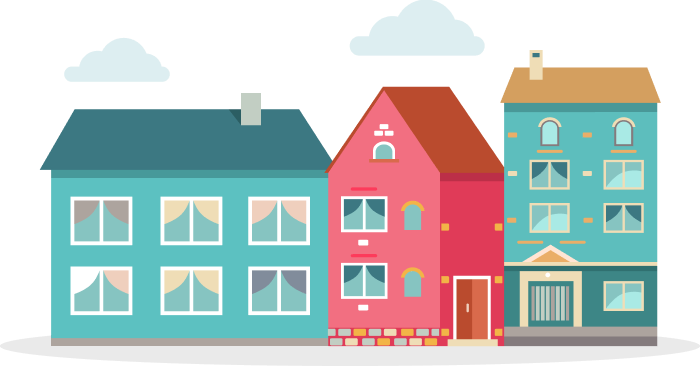Rutland
We did the research. Find a place to call home.
B+
Quality of Life Score
Rutland Information
15,747
Total Population
45%
Married Persons
55%
Single Persons

7/10
City Rating
City ratings are often based on a variety of factors including quality of life, economic opportunities, safety, education, and more. A rating of 7 or higher might suggest a city with a relatively high quality of life and desirable living conditions. A rating below 5 might indicate challenges or lower overall satisfaction.
7/10
Overall Value
This is a broader rating that takes into account multiple factors affecting the overall appeal of a city. Ratings above 7 might indicate a highly attractive city, while those below 5 might suggest areas for improvement.
10/10
Density (Population per mile²)
City density refers to the concentration of people living within a city's geographic area. It is typically expressed as the number of residents per square mile or square kilometer. Higher density indicates that more people live in a given area, leading to potentially busier streets, more crowded living conditions, and increased access to amenities and services.
1700
Rutland
260,000
Reno
City Info
Rutland, Vermont, is a small city with a 2023 estimated population of about 15,747. The city has seen a slight population decline of about -0.455% from 2022 to 2023. The population is predominantly White (Non-Hispanic) at 93.8%, with small percentages of multiracial and Hispanic groups. The median household income is approximately $55,000, with a median property value near $176,400. Rutland has a homeownership rate of about 52.7%. The city offers a short average commute time of 14.7 minutes and an average of 2 cars per household. Rutland is known for its community-oriented small-city atmosphere and access to regional amenities.
Residence
47% (Homes Rented)

30 Years
Median Home Age
$176,400
Median Home Price
2%
Home Aappreciation Rate
1.5%
Annual Property Tax
Weather
80%
Sun
5%
Rain
5%
snow
Residence
Rutland enjoys good air quality and a temperate climate with warm summers and cold winters. The housing market features affordable median home prices with moderate appreciation and a balanced mix of homeowners and renters.
Community
7
Crime Rate (per 100,000)
Democratic
Political Majority
27
Average Age
Community
Rutland is a small, diverse community with a moderate crime rate and a Democratic political majority. The city fosters civic engagement and offers a balanced demographic profile.
Locale

Occupation
25%
Management, Business, Art & Sciences
20%
Sales & Office Occupations
15%
Service Occupations
15%
Production, Transportation & Material Moving
5%
Natural Resources, Construction & Maintenance
Education
1:20
Student Teacher Ratio
30%
High School Diploma
25%
Some College or Associates Degree
15%
Bachelors Degree
10%
Graduate or Professional Degree
Locale
Rutland’s economy is supported by a mix of industries including education, healthcare, manufacturing, and retail. The city has a well-educated workforce and invests in education and infrastructure.
Transit
15%
Public Transportation
70%
Car
10%
Carpool
10%
Work At Home
Transit
Rutland offers limited public transportation options, with most residents relying on personal vehicles. Commute times are shorter than the national average, reflecting the city’s compact size.


